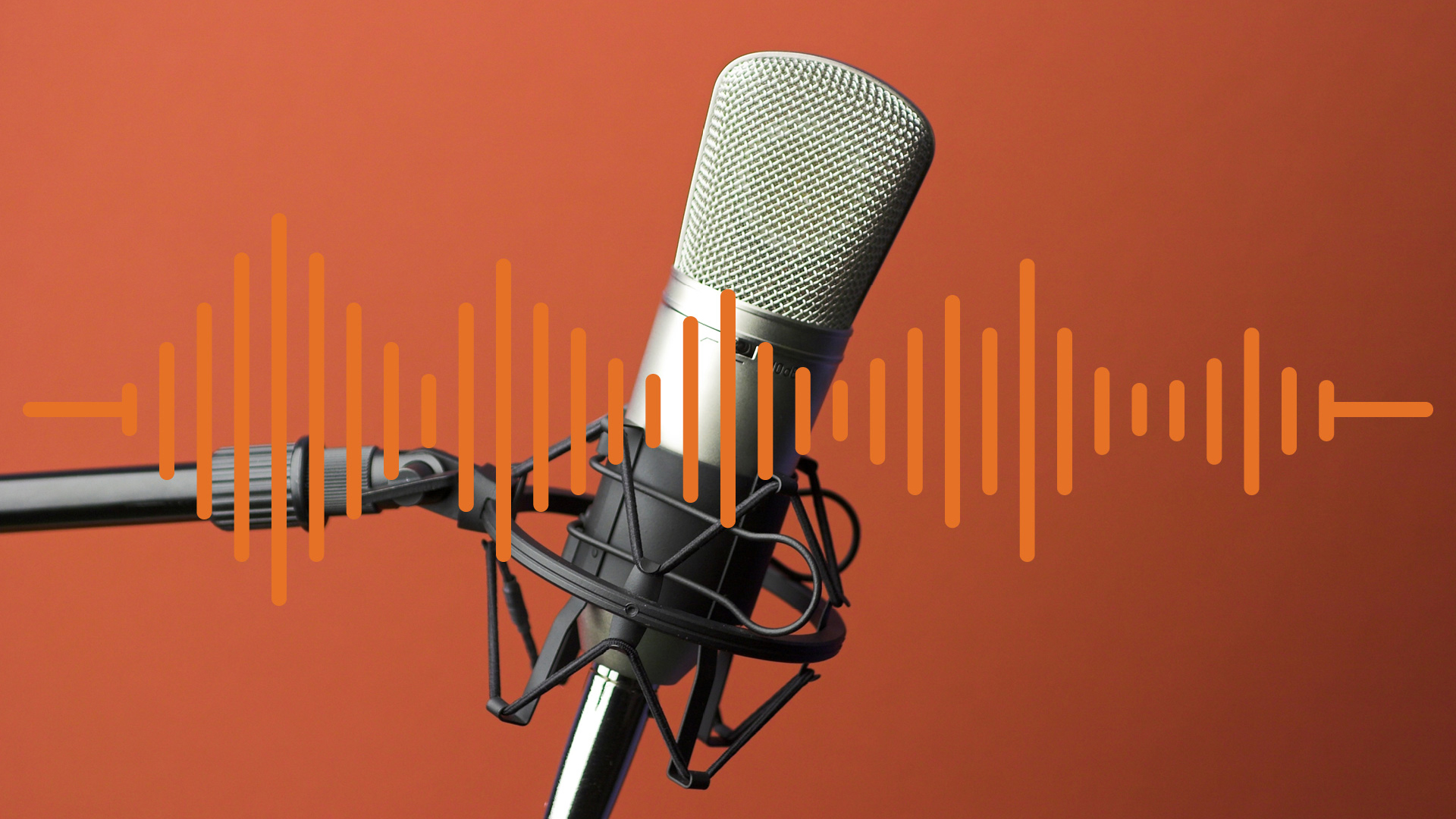
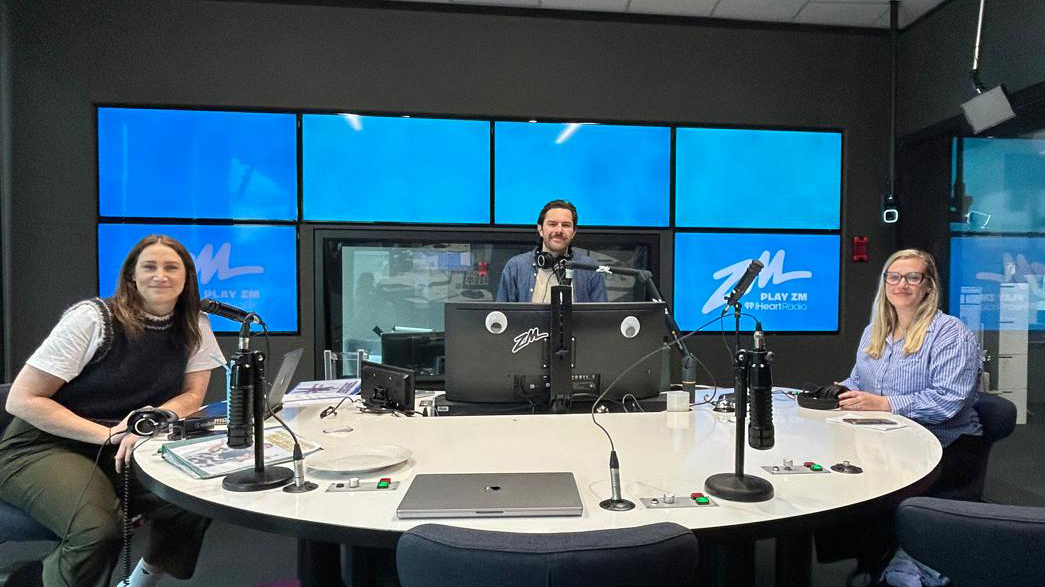
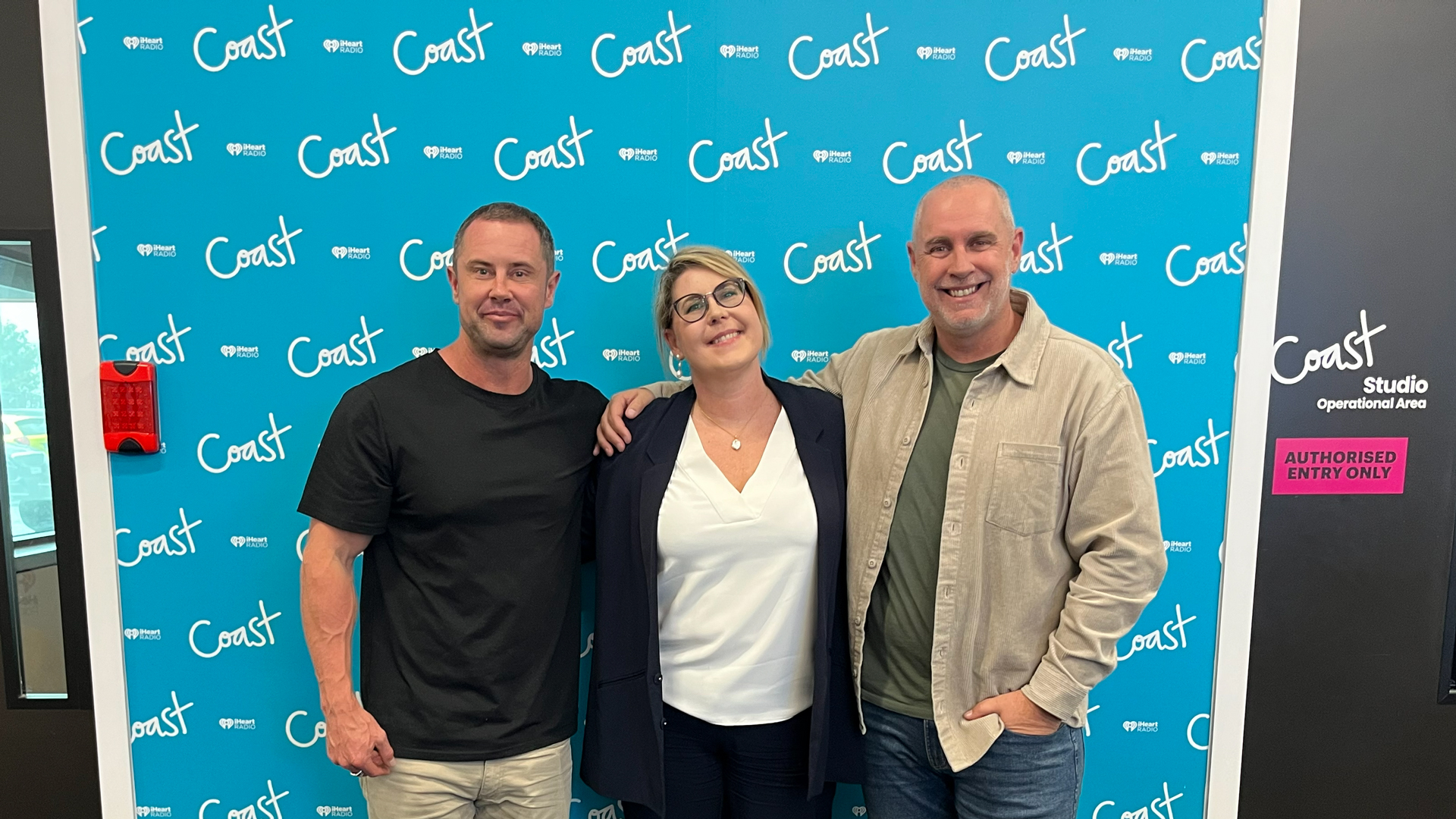
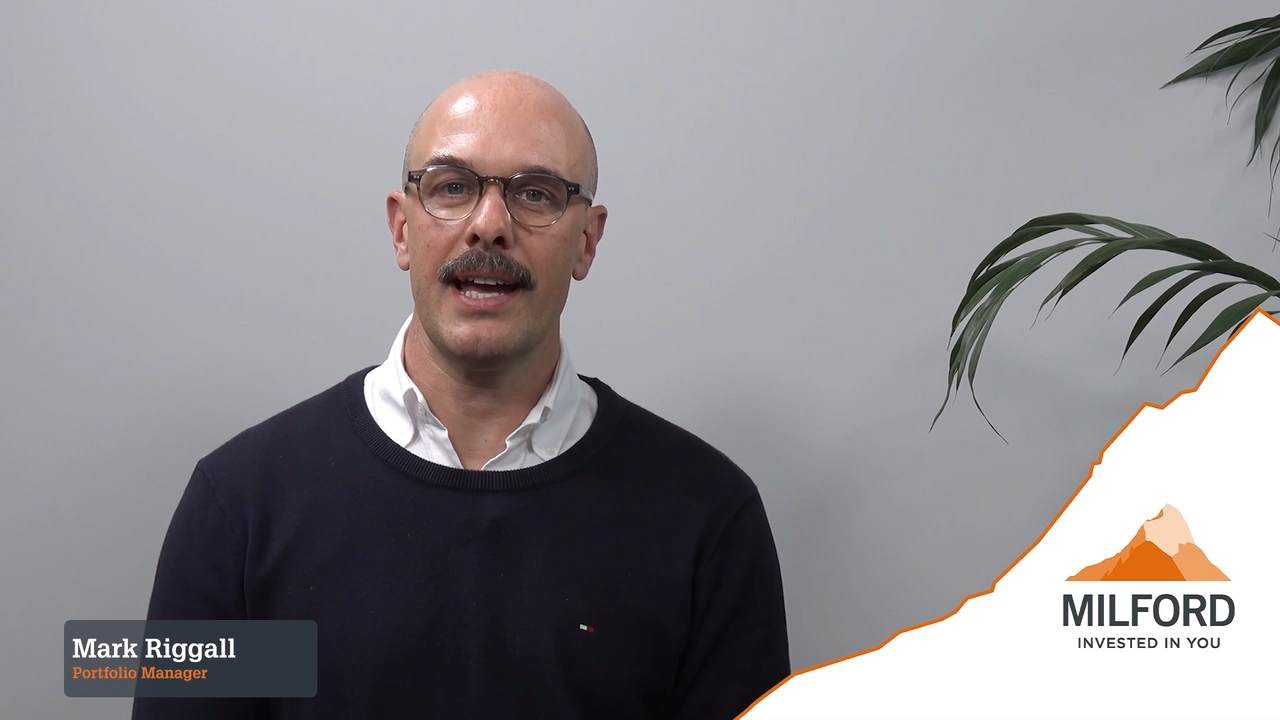
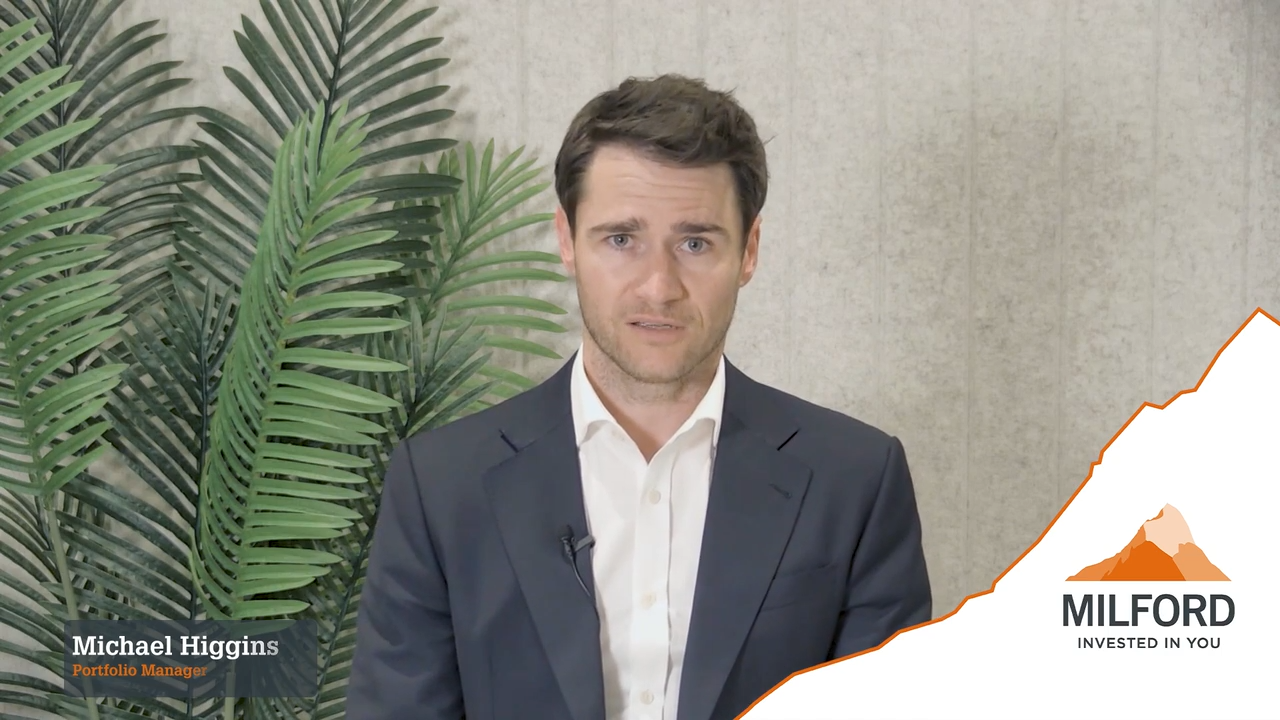
Autosports Group (ASG) – One of the enduring features of small cap investing is the prevalence of founder-led, family-linked or employee-owned businesses within our investment universe…
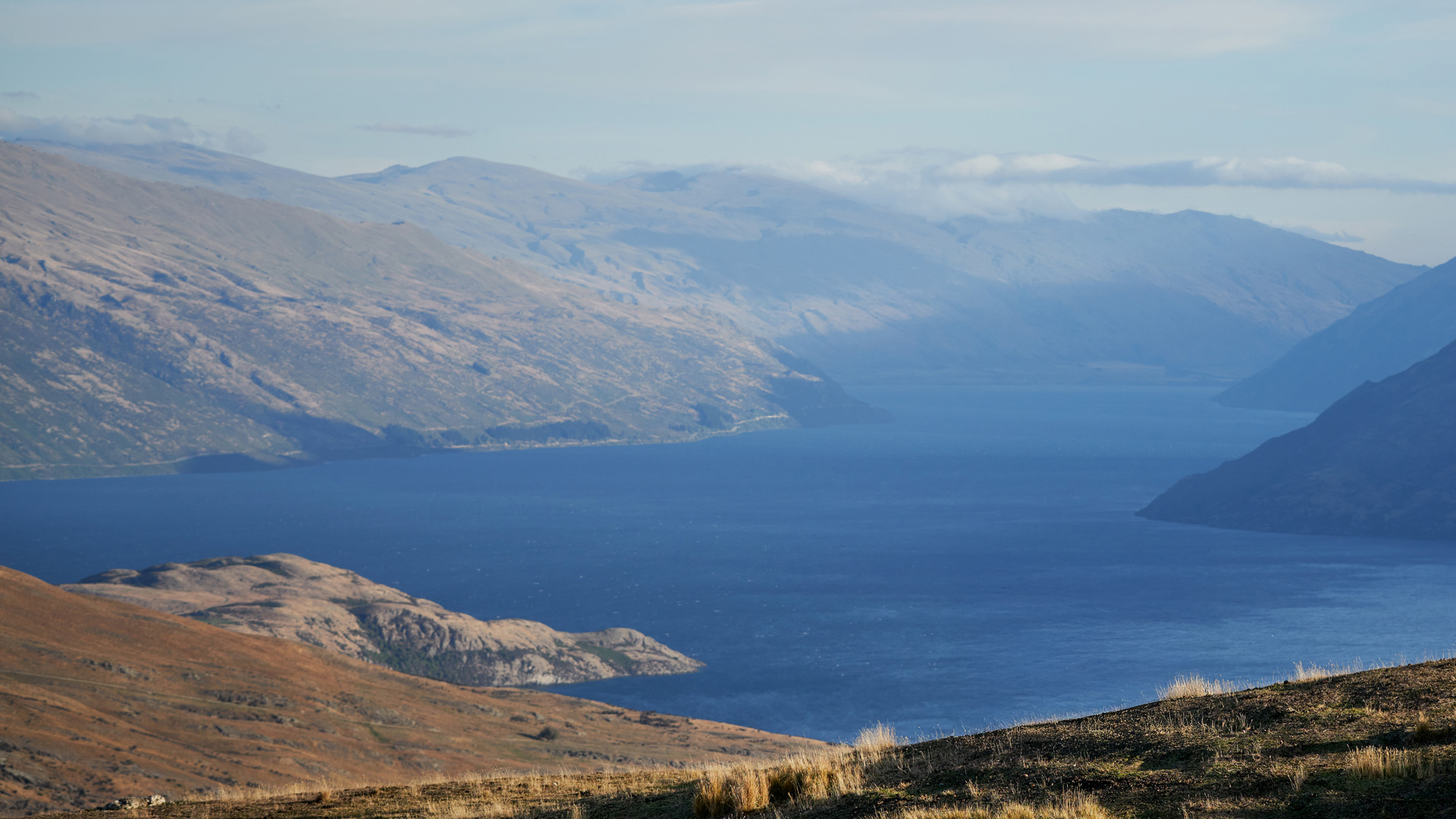
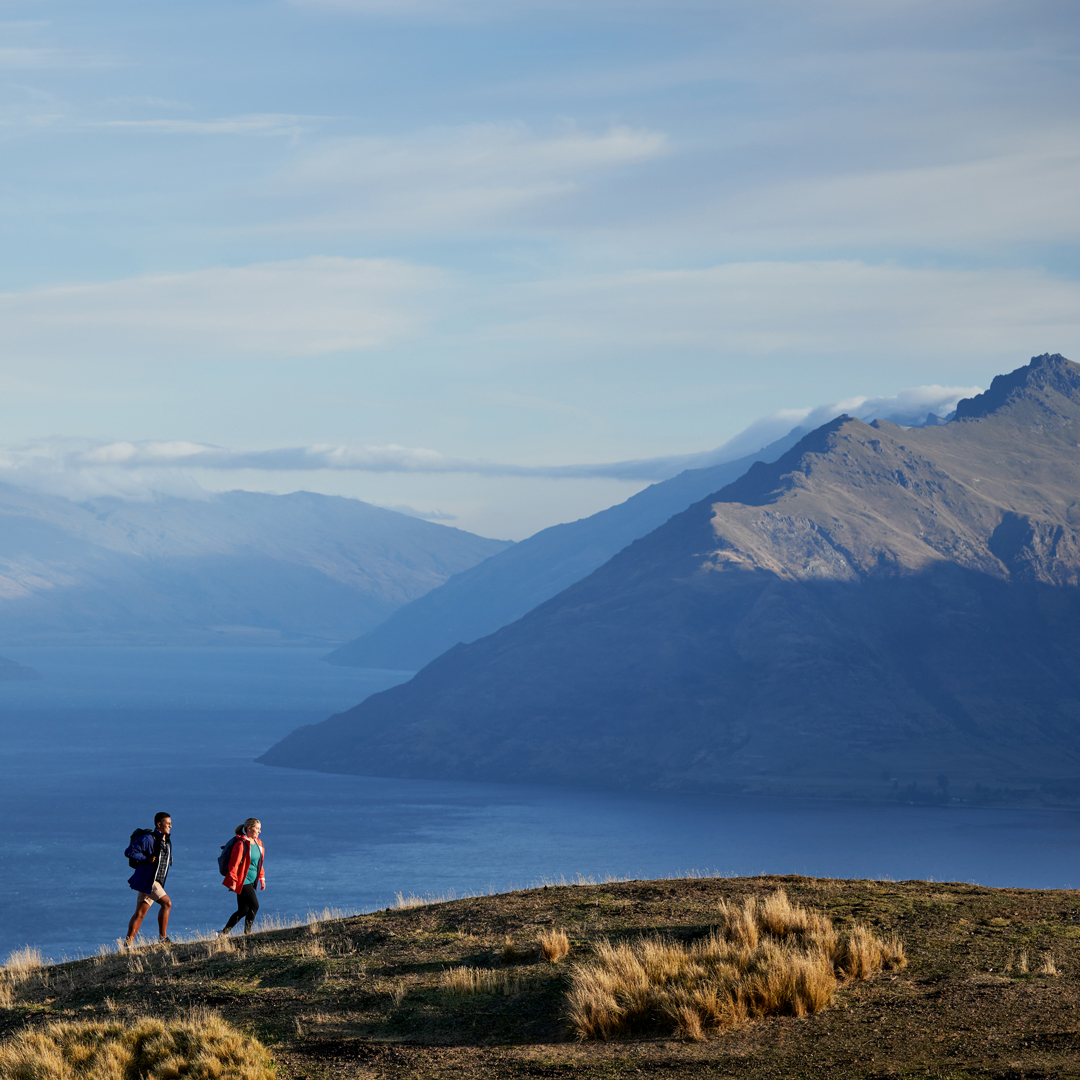
Read more here
Read more here
Read more here
Read more here